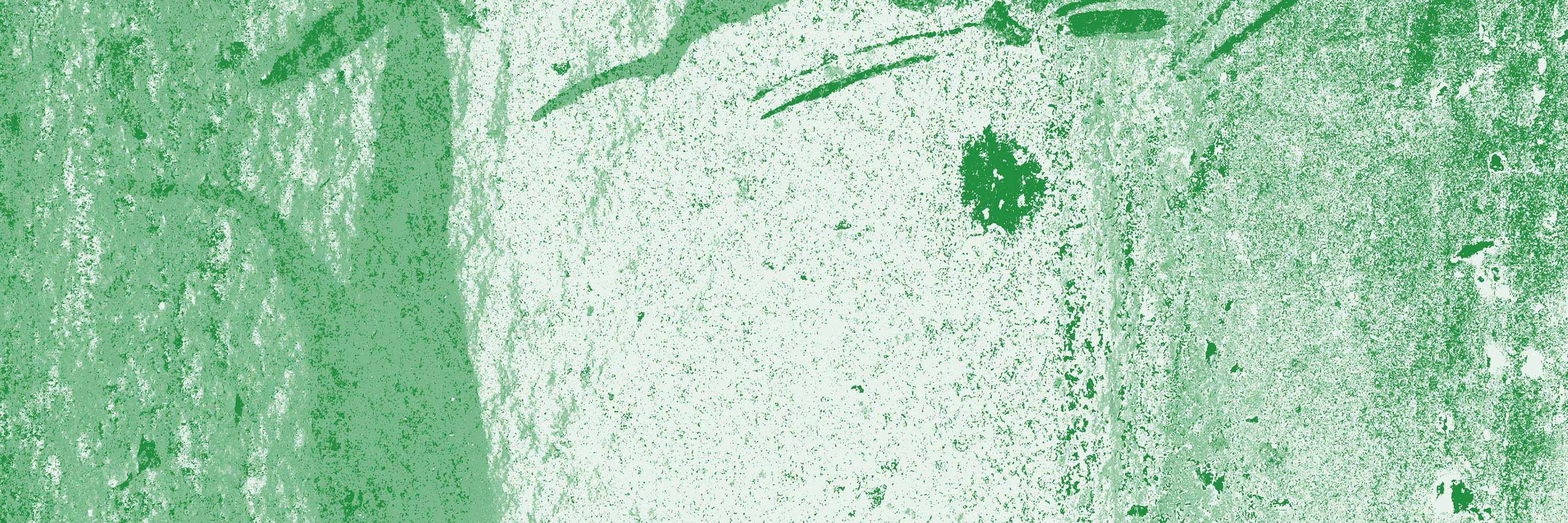- Article
The Racialization of Food: “Indian Corn”, Disgust, and the Development of Underdevelopment in Depression-Era British Honduras
- Christine A. Kray
This paper explores the co-constitution of systems of social distinction, culinary habits, and political economies. During the Depression in British Honduras (Belize), unemployment, hunger, and malnutrition ignited panic, unrest, and uprising. At the...

